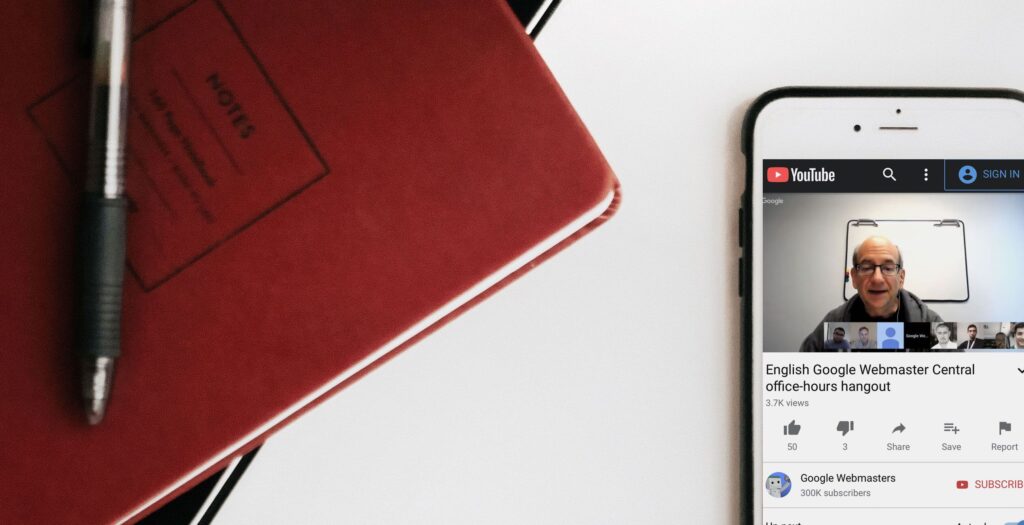Notes from the Google Webmaster Hangout on the 29th of May 2018.
Google Judges Speed in the Same Way for Pages With & Without JavaScript
For JavaScript rendering, Google judges speed in the same way as it does for any web page. Sites being slowed down by JavaScript are only a problem when they are really slow, a matter of seconds doesn’t matter.
Use Pre-rendering for Mobile to Avoid Issues with Google’s Speed Update
Google’s mobile ‘Speed Update’ will try to get a full picture of your site’s performance and will use a variety of different metrics. JavaScript shouldn’t be an issue if you are using pre-rendering on mobile.
Googlebot Doesn’t Replay Cookies
If you provide cookies to Googlebot it won’t use them again when it returns to crawl your site, so bear this in mind when using cookies to group users for A/B testing, for example, and make sure Googlebot is always put in the same group.
Use Banners to Suggest Different Language Sites so Google Can Index Them
Banners for recommending different language site versions are great for users who may be categorised incorrectly with geotargeting, but also for Googlebot. These banners allow Google to index content from your different country sites.
External Link Signals Are Only Passed Between Domains & Subdomains via Internal Linking
Signals from your external links can be passed via internal linking between a domain and its subdomains. These signals aren’t shared automatically to the main domain if someone links to your subdomain, for example.
It’s Normal to See Fluctuations in GSC ‘Time Spent Downloading a Page’ Report
Seeing fluctuations in the ‘Time Spent Downloading a Page’ report in GSC is perfectly normal, as Googlebot sometimes discovers new areas of a site to crawl and can decide to crawl more URLs.
Asynchronously/Lazy-loading Content & Links Will Delay Processing & Indexing
When lazy-loading or asynchronously loading content or links, make sure that Googlebot is able to render them. There would be a delay in rendering and indexing this content and processing any links, as JavaScript indexing is deferred.
Search Result Formats Are Determined by Algorithms & Change with Every Query
Algorithms will decide the type of format of search results depending on the query and its intent. Particular queries aren’t assigned video one boxes or Top Stories results, for example.
Google Sees No Difference Between HTTP Header and HTML Head Section
Google can process content in the HTTP header and the static HTMLsection at the same time so there’s no benefit from adding tags in one or the other. This has no effect on crawl budget, for example.
Adding Noindex with JavaScript Isn’t Recommended, Use Static HTML
If you add a noindex tag using JavaScript then its effects will be delayed as Google will only pick it up in the second wave of rendering and indexing. Google can read the tag after rendering but static HTML is recommended instead.
Google Will Index Pages Blocked in Robots.txt if They’re Linked To
If you block a page in robots.txt but someone links to it, then the page could still be indexed without any content as Google will have been blocked from seeing it. Use the noindex tag for these pages instead.
Internal Linking Causes Google to Crawl Canonicalised Pages
Check your internal linking if you see Google crawling canonicalised pages.
Make Sure A Separate PWA is Canonicalised to Your Mobile Site
Google won’t get confused between your main site and separate PWA as long as you have canonicalisation in place.
Canonicalise Duplicate Pages Between Your Sites so They’re Not Seen as Doorway Pages
Use the canonical tag if you are offering the same products on lots of different sites so Google doesn’t suspect that these are doorway pages.





